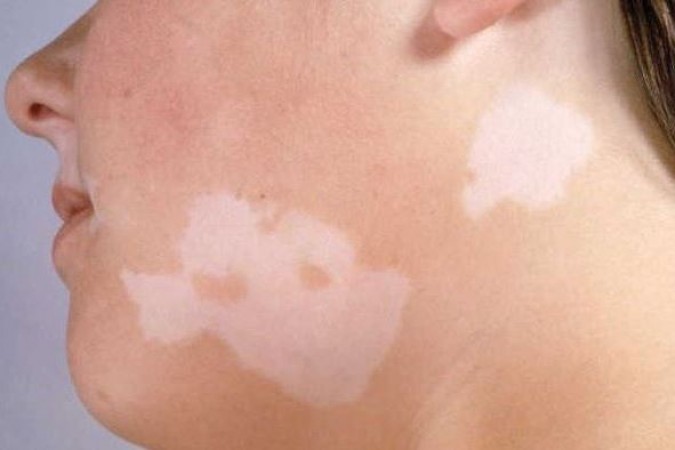
White spots on the face can be a cause of concern for many individuals, as they can affect one's confidence and appearance. These spots, also known as hyperpigmentation, occur when certain areas of the skin lose their natural color, resulting in light spots. Although this condition is generally harmless, it is essential to understand the underlying causes and available treatments to effectively address this issue. Today, we will tell you about the reasons behind white spots on the face and possible treatments.
Causes of white spots on the face:
Vitiligo:
Vitiligo is a skin disorder in which there is a loss of melanocytes, the cells responsible for the production of the pigment melanin. Without melanin, the affected areas of the skin lose their color and appear as white spots. Vitiligo can affect any part of the body, including the face, and is considered an autoimmune condition.
Pityriasis alba:
Pityriasis alba is a mild form of eczema commonly seen in children and young adults. It appears as round or oval-shaped yellow spots on the face, which can be slightly scaly. Pityriasis alba is often aggravated by dry skin or exposure to sunlight.
Tinea versicolor:
It is a fungal infection caused by malassezia yeast. Tinea versicolor causes small, white or light-colored spots to appear on the face and other parts of the body. Spots may become more noticeable after being exposed to the sun due to different tanning.
Hypopigmentation after inflammation:
After certain skin conditions like acne, eczema, or dermatitis, the skin can lose its color, resulting in white spots. This condition is temporary and usually heals when the underlying inflammation subsides.
Idiopathic guttate hypomelanosis:
Commonly seen in older individuals, this condition is characterized by the appearance of small white spots on the face and arms. The reason for this is not fully understood, but it is associated with living in the sun and aging.
Treatment options:
Topical treatment:
For some cases of hypopigmentation, dermatologists may prescribe topical treatments containing corticosteroids, calcineurin inhibitors, or retinoids. The purpose of these drugs is to stimulate melanin production and help restore skin color.
Phototherapy:
In the case of vitiligo, phototherapy may be performed. This treatment involves exposing the affected skin to specific wavelengths of ultraviolet light, which can help stimulate melanocyte activity and reabsorption.
Cosmetic camouflage:
Makeup and concealer products specifically designed for hypo-pigmented areas can effectively hide white spots, providing temporary relief for those seeking a quick solution.
Protection from the sun:
It is necessary to prevent damage caused by exposure to sunlight, especially for conditions such as pityriasis alba and idiopathic guttate hypomelanosis. Regular use of sunscreens and protective clothing with high SPF can help reduce the difference between affected and unaffected skin.
While white spots on the face can be irritating, it's important to understand their causes for effective management. It is recommended to consult a dermatologist for proper diagnosis and treatment, as the proper outlook may vary depending on the underlying condition. Remember that some cases of hypopigmentation are completely benign and can heal on their own. Regardless, embracing and caring for your skin can help maintain its overall health and appearance.
Unveiling the Vibrant Bounty: Exploring the 7 Incredible Benefits of Beetroot